What is a meta-game in games, what it is responsible for and why both developers of fritupley and premium products should remember about it,” said Andrey Kosciusko, director and game designer of Creoteam in his blog. With the kind permission of the author, we publish the material on our pages.

Games give players instant feedback that is lacking in the real world. They constantly reward us in one form or another for our actions. They satisfy our need to discover something new. They allow us to feel how some of our skills are growing.
But games have a secret weapon that affects even those who would otherwise successfully resist them; which makes it necessary to make at least an hour to complete game actions in daily tasks; which makes you spend money to show other players who is cooler here; which makes you replay a game that has already been completed, not getting pleasure from it. This is a Meta game.
However, when it comes to a meta-game between game designers, concepts get confused, incompatible terms are combined, everyone starts talking about something different.
In this article, I want to reveal as much as possible what is hidden under the concept of “Meta-game”. Hopefully this will allow you to speak the same language and make your games better.
WHAT IS A META-GAME?
INITIAL USE
The problem with this term is that different people put different concepts into it. This has happened historically.
Before the boom of social and mobile games, the concept of “Meta-game” meant actions aimed at preparing for the game by obtaining external non-game information, as well as using this information in the game.
For example, if a player composes a card deck to participate in the KKI championship, then this is a normal preparation for the game. But if a player studies trends in the construction of decks, studies what tactics and cards his opponents used, then this is already a meta-game. You can read more details in English here.
There is a lot of confusion with this concept, since sometimes it is difficult to separate the game, the preparation for the game and the meta-game.

Breakdown of decks by popularity in one of the tournaments. The picture is taken from roadoftheking.com
THE EMERGENCE OF A NEW USE
Since 2008-2009, when social games began to actively develop, developers began to concentrate on keeping users, returning them to the game. They noticed that if you add additional mechanics to a ready-made game, such as “Reward for entering the game every day”, then more players will start the game again the next day. Or if you slow down the game progress, then there will be players willing to pay for speeding up progress.
Gradually, there was a need for a name for a set of similar mechanics that are not part of the main game, which are added from the outside.
Such mechanics were called a Meta-game or briefly “Meta” (emphasis on the first syllable).
confusion
Now that we have two different concepts of meta-games, each of which is not very clear to most designers, there are many interpretations.
I have specially read the existing articles and reports on this topic. Someone connects the meta-game simply with the reward system, someone – with everything that happens outside the game, someone believes that these are just some kind of external game cycles.
The problem with all these formulations is that they are not concrete and not practical.
MY EXPERIMENTS
It so happened that I experimented with adding Meta-games to my games “even before it was fashionable” (c). Then I didn’t have a formed system for how to do it, I looked at other games and experimented.
Here are examples of what I did in my games:
- In The Wizard of Oz, I added a set of points for successful quest solutions and the passage of mini-games. The more points, the more additional game content can be unlocked.
- In the “Fire God of the Marranos” it was necessary to collect crystals to improve the room of the main character.
- In Collapse: Rage, I looped all the game modes together so that getting achievements and successfully completing one mode would give bonuses in other modes. Thus, for example, initially the “Hardcore” mode was quite difficult, but for every 5 achievements and passing the Test mode, the player received bonuses at the beginning of the “Hardcore” mode.
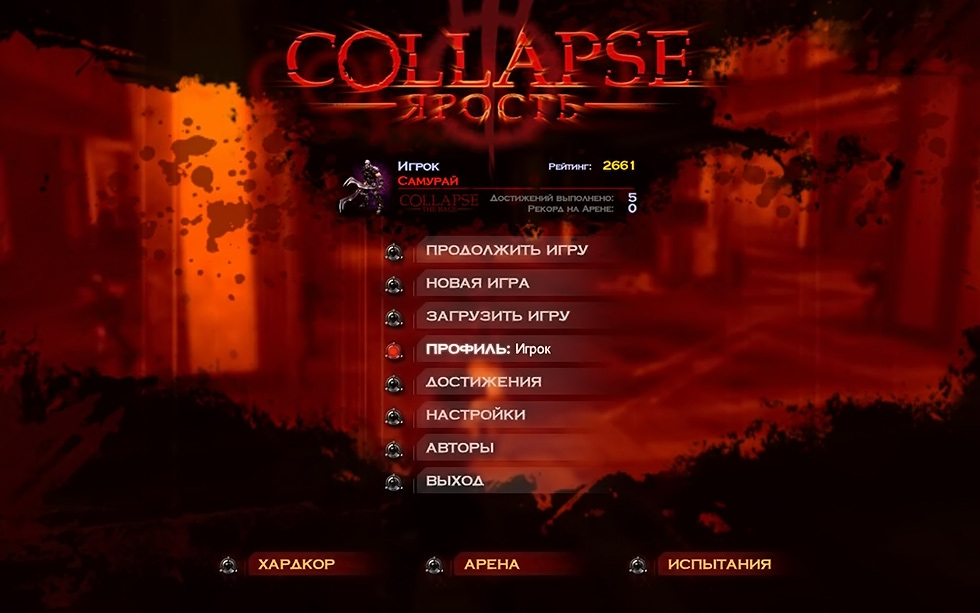
There was little content in Collapse: Fury, so I looped all the modes together, and also created a badge in the main menu that forces players to replay the game
Over time, I have formed a fairly stable understanding of how the meta-game relates to the rest of the game. And after a wave of information about the use of meta-games in social, and later — mobile games, the picture completely gathered. And I want to share it with you.
SO, WHAT IS A META-GAME?
Meta-games are mechanics aimed primarily at fulfilling the goals of the developer, and not at entertaining the player.
While we look at different game mechanics that are outside the main game, as a tangle of rewards, game cycles and external game mechanics, they seem mysterious and important to us. We don’t understand how to work with this purposefully, so we call it all generically a “Meta-game”, and then we still work only with what we understand.
The practicality of such a formulation is that it postulates the most important thing in these mechanics. Not the presence of awards (which may not be), not being out of the game, but the fact that they are aimed at fulfilling the goals of the developer.
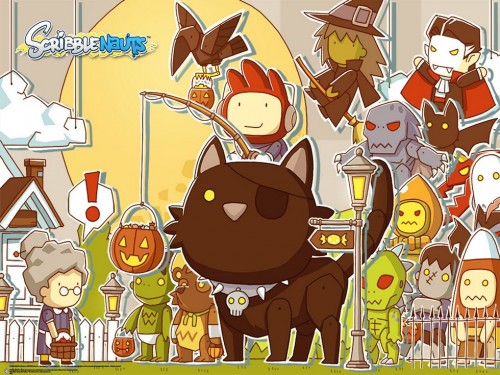
Often the metaphor of a carrot on a stick is suitable for a meta-game
THE OVERALL PICTURE
Thus, any game can be divided into two parts:
- The key mechanics are all that the developer does to give the player a certain experience to entertain him. For example, the mechanics of shooting, overcoming obstacles in a platformer, melee combo mechanics, racing and other similar mechanics are fun in themselves. The developer may want to make the player feel like a king, a god, a director of a game studio, a football manager. In this case, all the mechanics that are primarily aimed at achieving these goals are key.
- Meta-game mechanics are everything a developer does to achieve their goals. For example, to force the player to return to the game, pay, continue playing, etc. These mechanics can be very subtly combined with key mechanics, making the game more interesting. But first of all they are added to the game to fulfill the goals of the developer.
To distinguish key mechanics from meta-game mechanics, it is enough to ask the question: “Why were these mechanics introduced in the first place?” If for the gaming experience, these are the key mechanics. If for something else, it’s a meta-game.
META-GAME DEVELOPMENT, DEPENDING ON MONETIZATION
Interestingly, the games developed primarily depending on how the developers received money from the players. Different types of monetization have formed their own set of meta-games, which, in turn, changes how we perceive games as a whole.
ARCADE MACHINES
For a long time, games were monetized using the “Pay and Play” system. I.e., in order to play, you had to pay first.
The first electronic games were released on arcade machines. This determined the type of mechanics and meta-games.
What did the developers want from the players?
- So that the player was interested in playing and, as a result, paid and played.
- So that the player does not play for too long.
- For the player to return to the game.
To solve the first problem, an interesting game mechanics is being invented (as well as the setting and graphics, but I will omit these elements as irrelevant when talking about a meta-game).
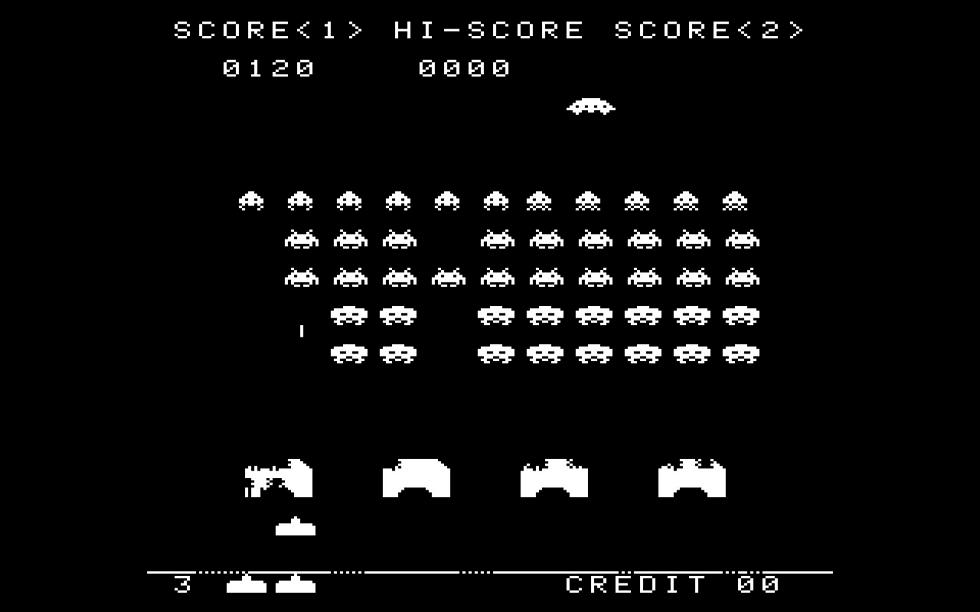
From Pong, the industry has moved to the more interesting Asteroids, from which to the even more sophisticated Space Invaders, etc. Developers have tried to come up with an increasingly interesting gaming experience that would attract players.
To solve the second problem, on top of the interesting game mechanics, such a system of game progress is superimposed, which makes the game more difficult to the point that it becomes impossible to play. The difficulty grows relatively quickly — you won’t play for a long time.
To solve the third problem on top of the interesting game mechanics, the developers came up with the idea of using a high score table.
It is believed that the Space Invaders game released in 1978 began the Golden Era of video Games (1978-1982). Moreover, not only because the key mechanics of the game were more sophisticated compared to other games of that time, but also because high score tables appeared here for the first time. The players were motivated to come back and replay to beat the record of the previous players. It was, in fact, the first popular “social” game.
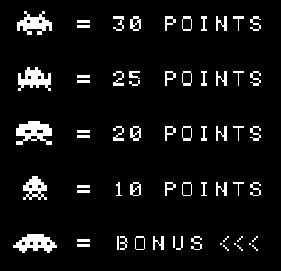
Aliens from Space Invaders have become one of the symbols of video games.
So, arcade games consisted of basic mechanics and a meta-game aimed at reducing the game session and returning players.
I want to remind you that even though the meta-game is “external” to the main mechanics, it makes the game more interesting and valuable for players. There is value for players in the increasingly complicated progress system and in the high score tables. Thanks to them, players can learn game skills and compete.
CONSOLE GAMES (CORE GAMES)
For console games, unlike arcade games, the player could pay only once. Therefore, the structure of the meta-game has been revised.
What did the developers want from the players?
- So that the player was interested in playing and as a result — bought the game.
- So that the player feels that he has received sufficient value for his money (i.e. he could get a lot of pleasure from the game for $ 60).
Again, to solve the first problem, you need to invest value in the base game. Initially, these were interesting mechanics. Later, with the development of technology, players began to be carried away by a new interactive experience or plot.
Marketing became more and more important, the purpose of which was to convey information about the game to the audience and convince them that they definitely need to buy this game.
The second task may seem far-fetched from the outside, but in fact, it actually shaped the way we are used to seeing games.
For a long time, developers have sought to make games lasting at least 20 hours (and preferably at least 40). Later, due to the cost of creating content, the duration of games began to decrease. But even now, AAA games cannot afford to make a single-player campaign shorter than 8 hours.

Indie games with a short passage time and a high price tag receive a lot of negative reviews in the comments (read what they mostly complain about in negative reviews of the Firewatch game).
Moreover, among active players, a popular metric is “The cost of one hour of play”. I often found that $ 1 / hour is a very good indicator for the game. Therefore, the duration of the game is an important “external” goal for developers.
There are many techniques for solving it. Take, for example, the key mechanics of a platformer. Here are some of the techniques that can be used to make the game longer, and to make the player feel that the game is not a “cheap craft”:
- A game structure is created in which the game has a logical beginning and end. For example, 4 game worlds are created: jungle, desert, city, winter. There are 5 locations in each of the worlds. When the player passes all 20 locations, the game ends. I.e., the developer comes up with 20 locations with a different setting, in each of which the mechanics of the platformer are used in their own way.
- A plot is created that sets the goal of the game and gives the player the sense to go through these 20 locations. For example, you need to save the princess / brother/world.
- Some parts of the locations are artificially complicated to slow down the player’s progress. For example, a total of 3 lives are given per location, at the end of which a difficult boss awaits the player. If the player spends all 3 lives, then he starts the location anew.
- Secrets are created at locations, the search for which takes extra time and gives a sense of depth to the game. For example, in the player’s visibility there are barely noticeable areas where bonuses are located.
- Game modes are created in which the basic game mechanics are used in a new way. For example: passing bosses for speed, platform mini-games, etc.
- Special characters, items or conditions are created that allow you to play the game again, but with a new gaming experience. For example, after completing the game, a character opens who can perform a triple jump, but at the same time he has only two lives.
- Achievements are created that motivate players to go through parts of the game. For example, “Find all the secrets“ or “Complete the game with all the characters.”
- Etc.
All these techniques are elements of a meta-game. Why? Because their goal in the first place is not “To make the game more interesting” (although this is also), but “To make the game longer”, “To make the game more valuable in the eyes of the player”.
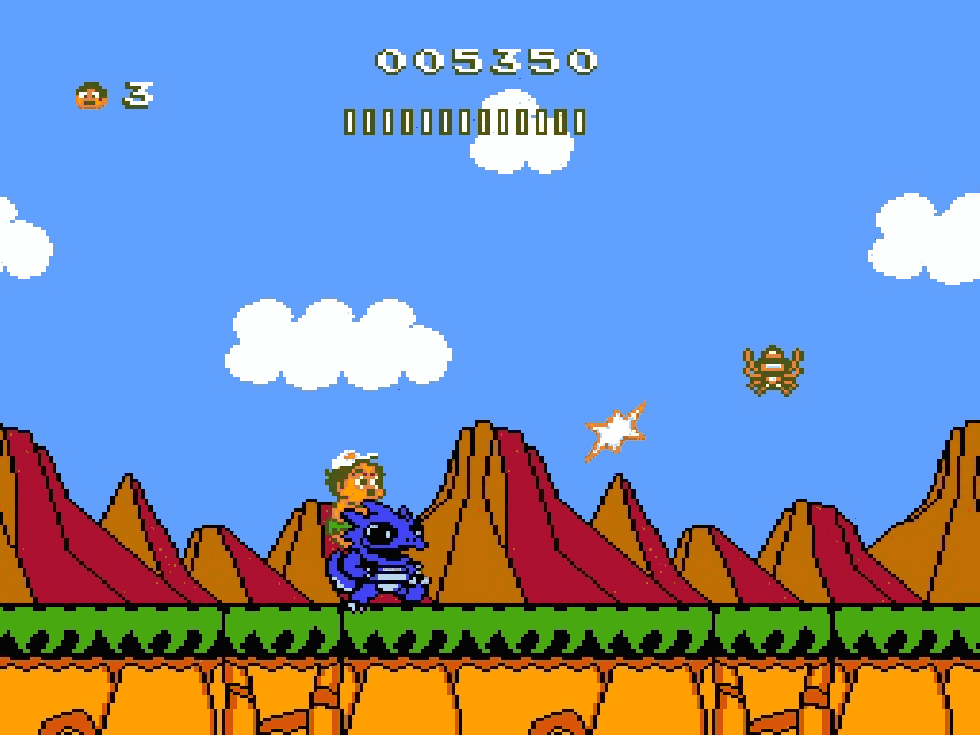
The Adventure Island series is a classic example of a platformer with a meaningless plot, secrets, different settings and limited lives. For many of us, this is one of the brightest childhood memories.
Some of the techniques presented above may also be key mechanics. For example, if a developer creates a game about the exploits of Hercules, then the presence of 12 locations is not due to the fact that the developer wants to make the game longer (although this was kept in mind), but because the main goal is to show the 12 exploits of Hercules. The structure of such a game is not a meta-game.
FREE TO PLAY
Unlike previous monetization methods, players can play f2p games for free. But there can be many different reasons to pay in the game itself (speeding up progress, strong weapons, etc.)
The longer a player continues to play such a game, the more likely they are to decide to pay for something in the game. Therefore, the goals of the developers are as follows:
- So that the player is interested in playing and as a result — downloaded the game.
- For the player to return to the game.
- For the player to spend real money in the game.
As in the previous cases, to solve the first problem, you need to invest value in the base game. Plus, again, marketing.
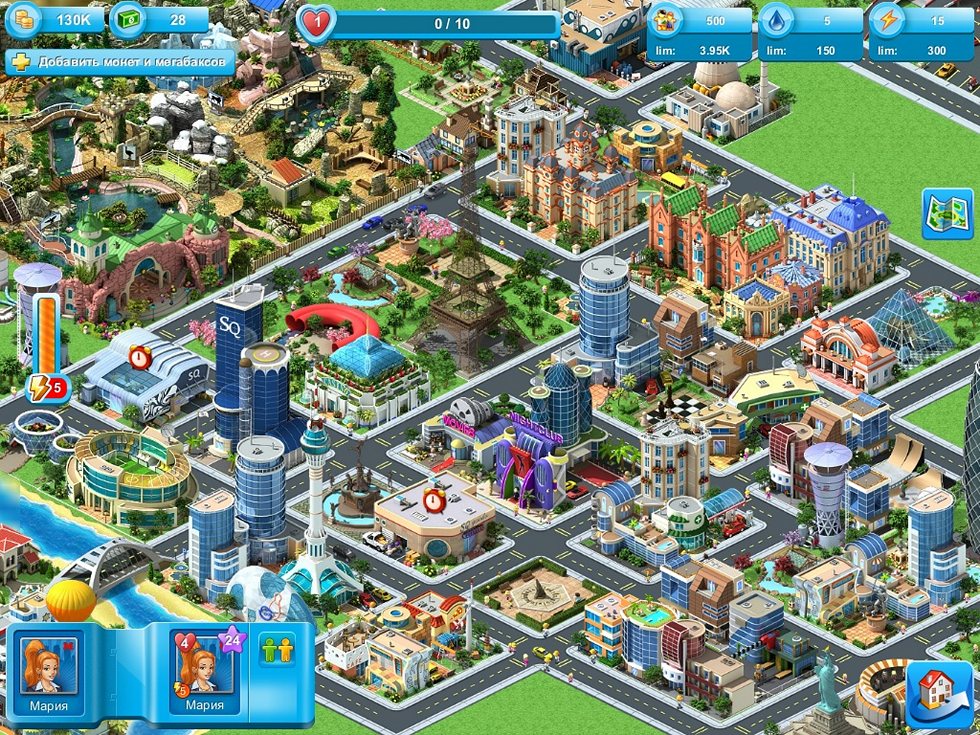
In 2010, it turned out that a huge number of players do not want a hardcore SimCity experience, but just a feeling of being able to build their city without really straining. F2p games have given players such an experience. This is the key value of the city-builders genre.
To solve the second task, for example, daily bonuses and progress mechanics slowed down by timers can be used.
Daily bonuses motivate you to come back only for bonuses. And there the game should not miss the opportunity, and entice the player to spend some time in it.
But the thought—out mechanics of progress, limited by timers, is a pretty strong way to return and retain players. For example, a player can wait until the energy is restored, corn grows, a house is built, a reward is generated or access to the game mode opens, for which he will receive an important item for winning.
There are many ways to integrate timers. And in general, they create a sense of control for the players, as clear “rituals” appear in life.
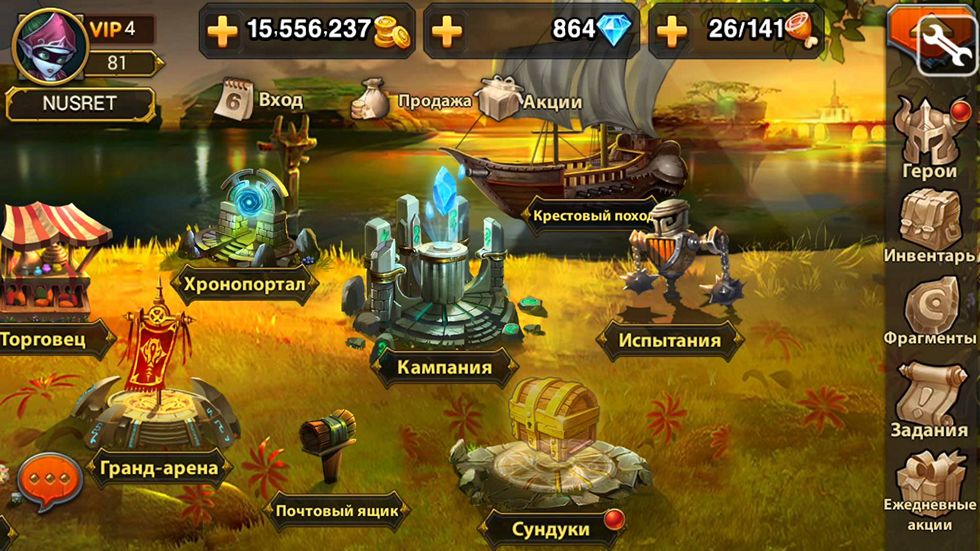
Heroes Charge has a lot of timers. The player can build his routine like this: he wakes up, passes all game modes in half an hour or an hour. While the timers are “charging”, he goes to work. Launches the game several times a day to pump up the characters. Before going to bed — goes through all the modes again.
There are other techniques that allow you to keep players. For example, a whole range of mechanics of social interaction. It is important to understand that all these mechanics are a meta-game.
Similarly, with the third goal of developers. There are different techniques that force players to spend money. This is an opportunity to feel like the best, and the opportunity to pay to speed up progress, paywall (a situation in which a player cannot progress or his progress is greatly slowed down until he pays), etc.
Precisely because in f2p games developers have quite a lot of external goals (to keep, to force to pay, to return to the game every day, not to let the content “eat out” quickly, etc.), such games, by and large, look like a small number of key mechanics, “wrapped” with a huge layer of meta-game mechanics. Up to the point that there are almost no key mechanics in clickers at all, only a meta-game.
DO I NEED A PLOT IN MY GAME?
You might be surprised that above, among the examples of the meta-game, I mentioned the Plot. Indeed, it is unusual to think of history as something external, not inherent in the main game.
But if a meta-game is, in particular, the mechanisms of keeping a player in the game, then the plot can also be a meta—game.
Many of us had such games that we wanted to throw in the middle, but we went through them only to find out what happened to the heroes next, how the story ended. We were motivated by the presence of a story that combines game levels. Even if this story was lousy, curiosity led us.
History is not always a meta-game. As I wrote above, you need to ask yourself the question: “Why is this or that game mechanism introduced?”.
Let’s look at Beyond: Two Souls. History is the most important thing there. All game mechanics are designed to support the story. And although the story motivates the player to move from level to level, the developers created the story primarily in order to give a new experience, entertain the player with a new experience.
Let’s look at Super Mario Bros. Here the story is just to motivate the player to move on.

Mario has been unsuccessfully trying to free the princess from the dungeon the whole game.
These are two completely extreme examples. But most games are in the middle. For example, the developers want to make the player feel like a treasure hunter. To do this, they create a setting, mechanics and a story in which you are looking for treasures, meet various obstacles on the way, overcome them. The story here serves to give you a chance to get used to the role, to believe in what is happening.
On the other hand, if an investor decides to cut the development budget and throw several locations out of the game, the writers will rewrite the story so that it is logical within the remaining locations. I.e., the story itself had no value. She only “glued” the levels.
But is it possible to cut or shorten the plot in Her Story? I think it is possible, but at the expense of history. After all, its disclosure is the basis of the whole game.
Novice designers sometimes write to me and ask if they need a plot for their puzzle/ platformer. I don’t have an unambiguous answer to such questions. After all, you have to understand well who your players are and why they are playing your game. Do they have the time and desire to understand history (watch game videos, read game texts)?
For example, if they play in very short sessions to compete with each other for a place in the standings, then they hardly need a story. They have a different motivation to play (competitions, standings).
On the other hand, a story that adds meaning to your game, expands the target audience and increases the motivation to keep playing.
Look at Portal and Braid. Both games have excellent key mechanics. But first of all they are known for their stories.

There is a niche audience that continues to make mods for Portal that are interested in the key mechanics of portals. But the world of the game lives in the hearts of players thanks to the narrative, the history of the game.
This applies not only to indie games. AAA games probably don’t make sense to release without a plot at all, since stories (including the setting and characters) simultaneously attract a huge number of players, motivate them to complete the game, and create huge value in the eyes of players.
WHY DO WE NEED ALL THIS THEORY?
MOBILE DESIGNERS FROM MARS, CORE DESIGNERS FROM VENUS
From the first day in the gaming industry, I aspired to be a “universal soldier”, i.e. a game designer who can do everything: make games in any genre, write stories, do balance, create quests, develop interfaces, build levels, develop, etc.
Many designers around me have developed in a similar way. After all, in small and medium-sized studios, everyone should be a “difference-maker”.
But with experience came the realization that a designer can’t know everything. Although the general principles of many parts of the design are the same, in each of the areas there are many nuances and pitfalls that you will not know about until you encounter them yourself.
Developing one game for several years, the designer digs only into the specifics of his genre and his game elements. He becomes a narrow specialist. By switching to a project in a completely different genre, he will have to learn a lot from scratch. To successfully develop a new game, he will have to study and gradually become an expert in several other areas of design. And the broader the designer’s experience, the less profound it will be in each of the individual areas.
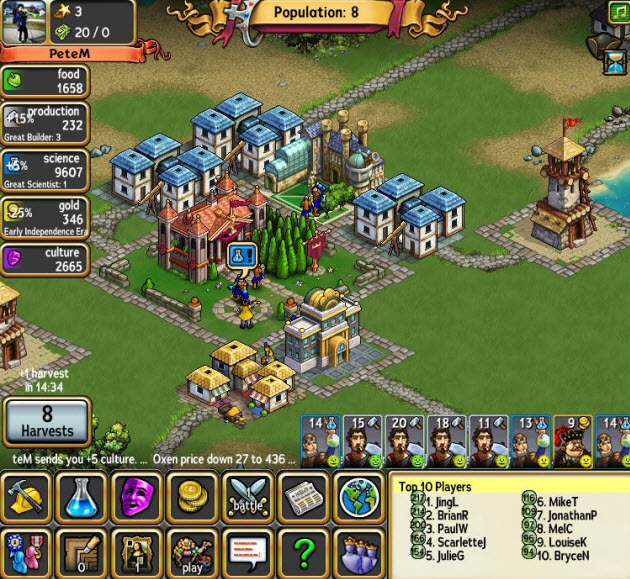
The “social” Civilization for Facebook, which was designed by the experienced Sid Meyer, failed. At that time it was not yet obvious how wide the gap between the ability to create key and meta-mechanics was.
This, in particular, applies to the design of key mechanics and meta-games, which are completely different specialties. Mobile game developers should not consider core game designers to be backward. After all, the creation of meta-games is a separate specialization. To understand it, you only need to develop games with a huge role of meta-games. Core designers spent their time developing completely different skills.
Similarly, core game developers should not be dismissive of those who make “farms”. Developing mechanics to monetize, engage, and bring players back is just as specific a discipline as developing mechanics to please players or to express ideas. These disciplines require different approaches and different types of thinking.
It’s great when a designer knows how to do both. But the chances are high that such designers do something bad from this. Because it is virtually impossible to gain sufficient experience in both fields. When switching to a new type of design, you need to retrain.
EASIER TO DESIGN
When we understand how the key and external mechanics relate, when we understand that we can design games not only for the pleasure of players, but also to achieve design or business goals, it is easier for us to structure the overall design, it is easier to find answers to design questions.
“Does the game need a plot?”, “What kind of progress should the player have?”, “Does the game need this or that mechanics?”, etc., — these questions should be secondary. First of all, the designer decides what he wants to achieve. Next, you can divide the future parts of the game into main and meta elements. Everything else is built on this separation.
Game design is a rather complex and non—linear process. During development, it may often turn out that the game does not catch on. Understanding different types of mechanics will help save time and effort in finding how to fix the game.
I will give an example that I often see in discussions of novice designers: “It’s not interesting to fight in my game. Maybe pumping will save the mechanics?”.
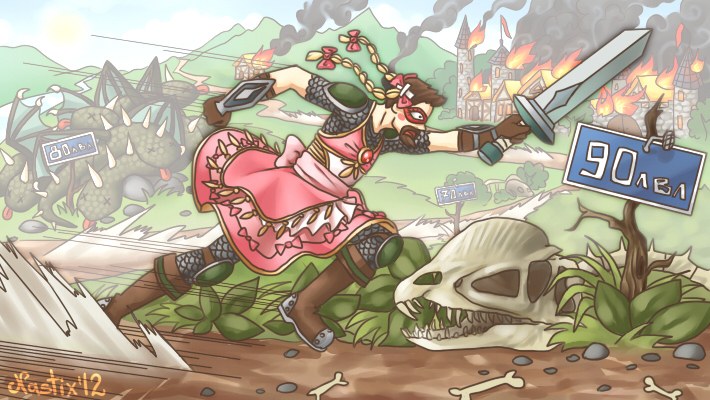
There is a feeling that some novice developers live by the rule: “In any situation when it is not possible to make the game interesting, use pumping.”
The question sounds very chaotic. The search for an answer will be no less chaotic. What does a novice designer mean by “pumping”? Pumping as part of a core game? Pumping as part of a meta-game? And what is the task of the meta-game? Give a goal to a player? Keep the player? Some other kind?
You need to understand which part of the game is not working, and fix this part with suitable design elements.
After all, pumping pumping is different. Core-pumping needs to be designed so that it is part of how the player perceives the fight. It can work locally — within one location or one battle. Meta-pumping needs to be designed in such a way as to achieve meta-tasks. And often meta-leveling is a huge part of the content aimed at long periods of the game. It will not make the fight more interesting, although it can make the game more interesting as a whole.
Correctly asked questions are half the success in the search.

In Collapse: Rage, pumping was originally created as part of the combat system. It was a key experience that cannot be separated from the game.
META-GAME AND GAMIFICATION
Interestingly, everything described above applies not only to games. Now that we have learned to separate the key mechanics /action/service from the meta-game, we notice that gamification is the addition of a meta—game, i.e. it is the process of adding mechanics aimed at achieving the goals of the developer. For example, we have a key service: teaching a foreign language or an online store. Such services themselves create value for users. But developers can add game elements to the service in order to achieve their goals. For example, developers may want to motivate users to use the service more often, keep users in the service, teach them how to use the service, pay more, etc. In the arsenal of developers there is a full range of meta-mechanics invented in games: rewards, timers, leveling, achievements and, very importantly (!), stories. Now that our picture of the world is in order, and we understand where the stories are in the games, we understand that they can also be used to motivate users.
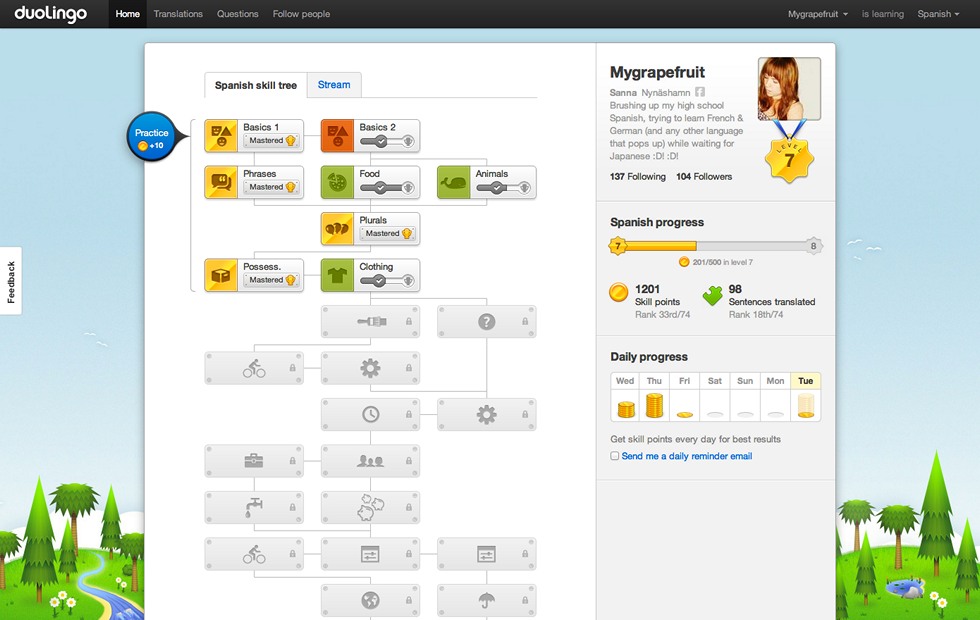
The profile screen in the Duolingo foreign language learning service: here is a skill tree, and leveling with levels and displaying daily progress.
All this applies not only to services, but also to the actions that we perform in our daily life. Doing morning exercises is a key action. And getting virtual experience or achievements for charging is a meta-game. After all, these mechanics are aimed at ensuring that a person is motivated to return to the key action (charging).
By the way, gamification has existed in our life for a long time: diplomas and medals are one of the most well—known and understandable ways to motivate people to perform various actions.
FINAL REMARKS
The rapid growth of social and then mobile games created a feeling among core developers and players that a meta—game is bad, it’s a hoax. But few of them realized that developers had been using meta-games since the very beginning of the video game industry. High score tables in arcade machines, limited lives in ancient platformers, plots stuck to the side of shooters — all this is as much a meta-game as timers, daily tasks and seasonal events in modern f2p games.
Meta-game is a way to prolong the life of the game, to make money on it. Competently combined with key mechanics, the meta-game creates a great gaming experience, forcing players to play the same game for a long time and with pleasure.
I understand that such a formulation of a meta-game is unusual. But it helps me better understand other people’s games and better understand what I’m doing.

With this article, I would like to take the dialogue about meta-games beyond the boundaries of game cycles in f2p games. After all, we, developers, can use meta-mechanics much more widely.
At the same time, games are a complex type of media that is constantly evolving. It is difficult to put everything in the world of games into one system. And I quite admit that somewhere I didn’t take something into account, I didn’t think about something. Therefore, a constructive discussion that will lead to a better understanding of how to make our games better, faster, more interesting is welcome.
BRIEF THESES
- In the article, the concept of “Meta-game” is used in a new, acquired sense. The word “Body kit” sometimes serves as a synonym. Initially, the term “Meta-game” was used (and is still used) differently.
- Mechanics in any game can be divided into two types:
- The key ones are created primarily to entertain the player.
- Meta — created primarily to achieve the goals of the developer.
- Most mechanics can be both Key and Meta. Depends on why they are implemented. In particular, the Plot can be a Meta element that serves to give the player a goal and force the player to return to the game.
- Key- and Meta-mechanics can harmoniously combine to create an interesting gaming experience.
- Creating Key- and Meta-mechanics often requires different skills from the designer. Therefore, it makes sense to use different designers to develop these parts of the game
- Meta-mechanics are the basis of gamification.
- Do your games with or without a meta-game, but always ask yourself the question: “Why am I implementing this mechanics?”
The original: kostyushko.com
